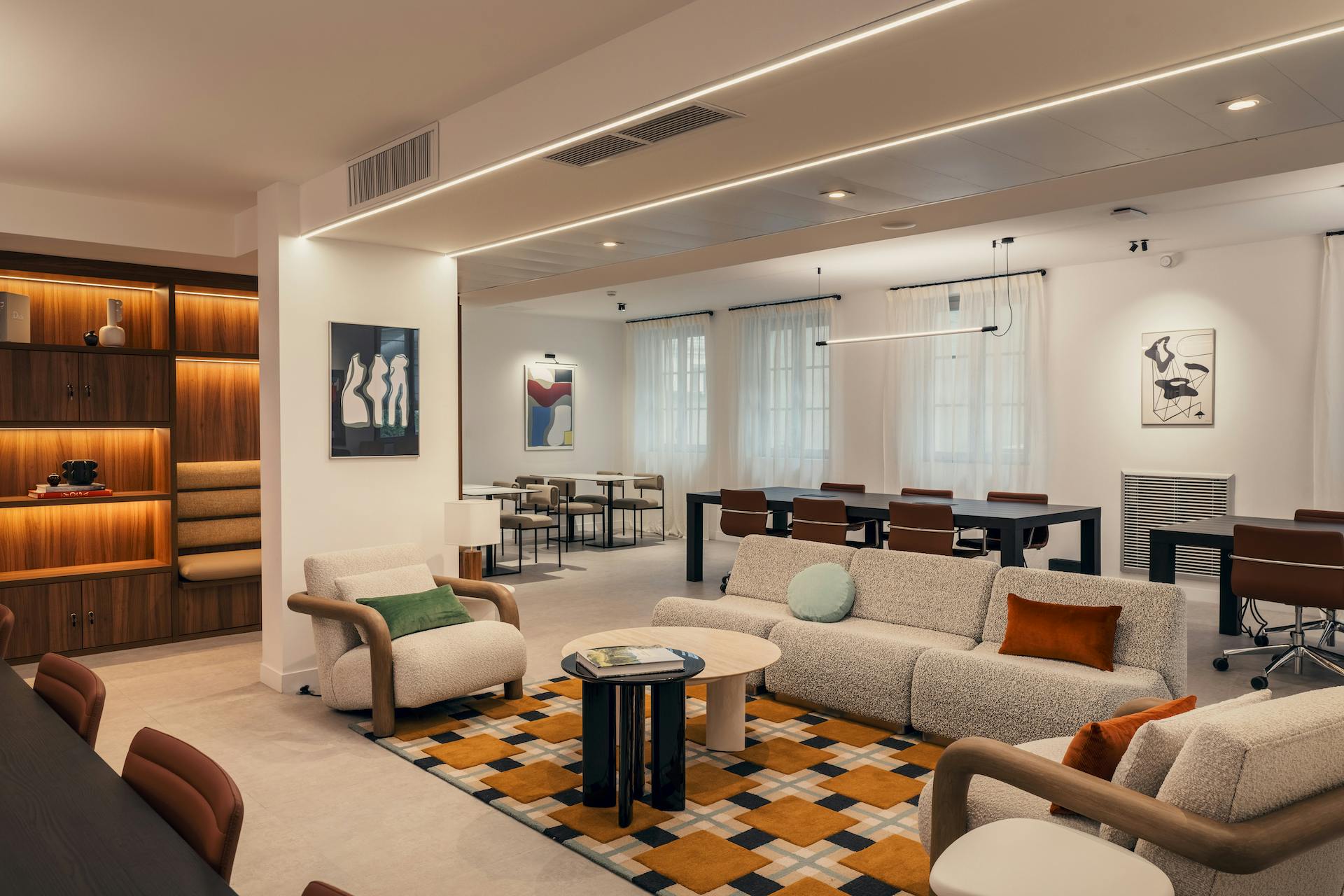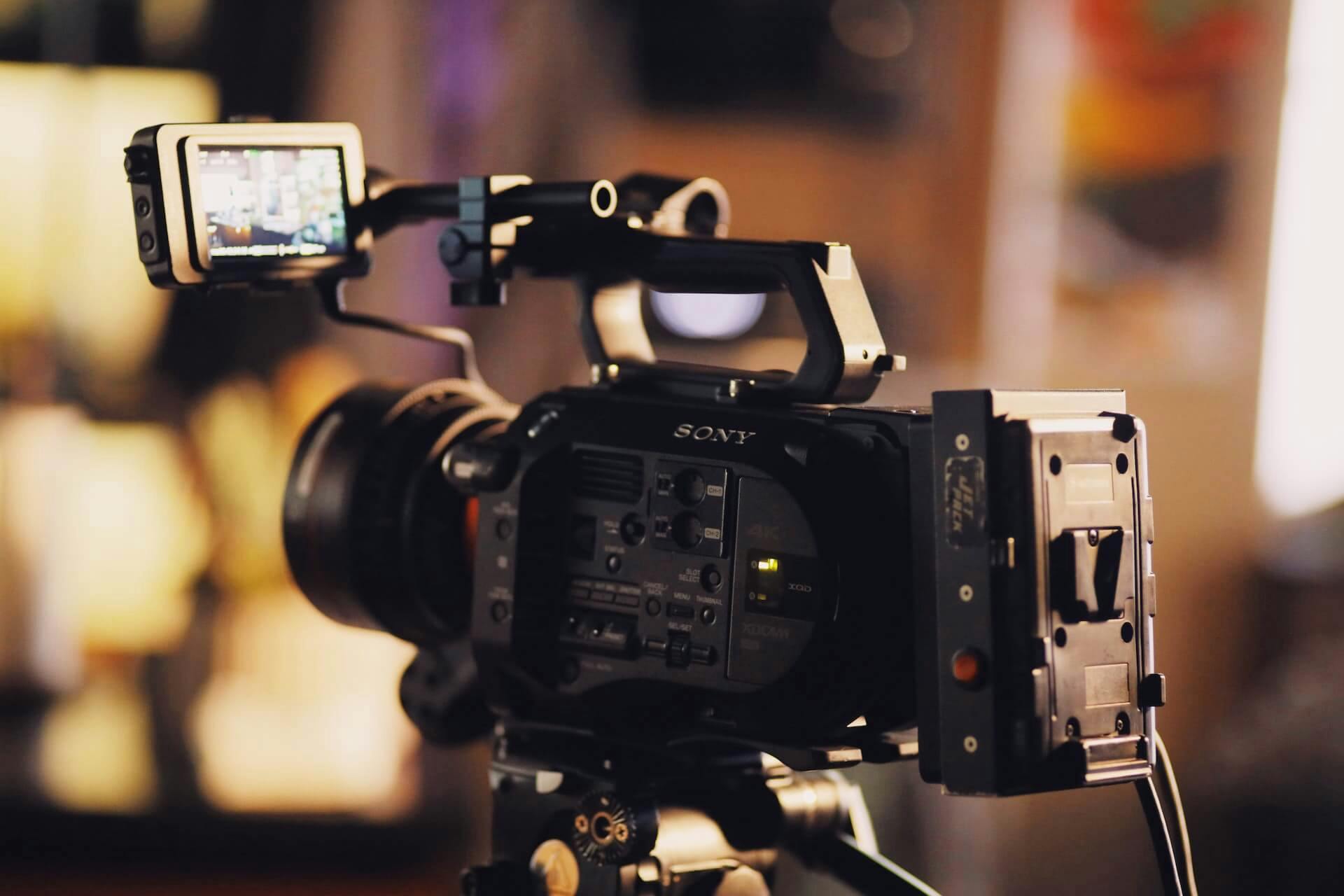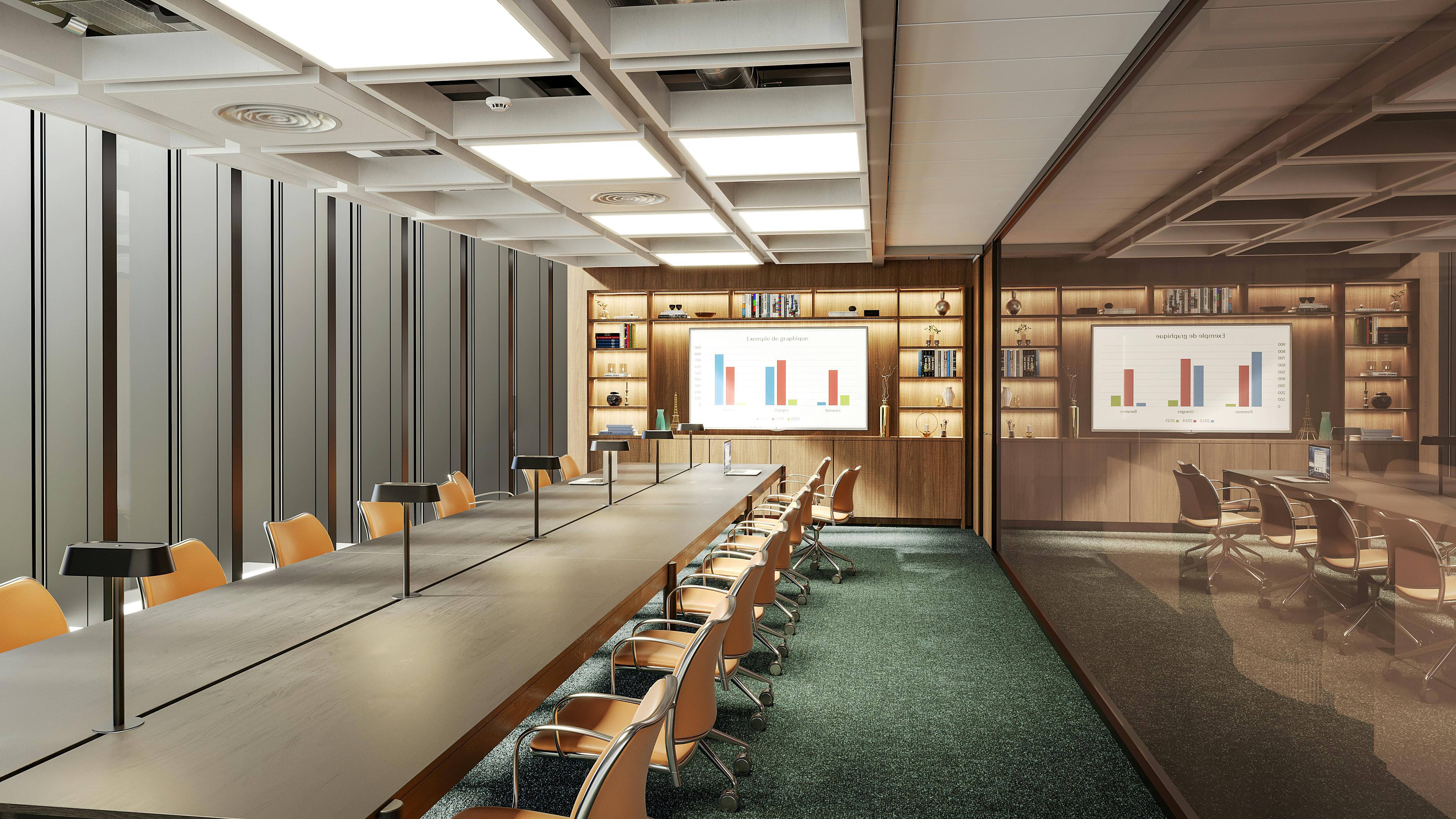

The Future of Work by Doctolib

For this episode of "The Future of Work", Frank Zorn welcomes Frédéric Champourlier, Procurement & Real Estate Director at Doctolib.
Doctolib is constantly reflecting on the transformation of its offices to make them more agile and adaptable, in order to meet the following major objectives: To continue to absorb the hyper growth of the coming years, to meet the expectations of the 1,700 "Doctolibers" in the face of the disruptions of our society and how to make the most of coming to the office.
Doctolib's real estate footprint: you recently moved to bring your Parisian teams together in one place. Where are your offices today?
We currently have 1,700 Doctolibers in all our offices (France/Germany), of which 900-950 are on our Levallois site (our HQ). The logic was to migrate all the Paris teams to this 12,000 sqm site at the beginning of 2020, partly to avoid the loss of information and to improve team cohesion. Previously, we were on 3 different sites.
In 2020, we have opened 2 other campuses:
- Berlin: 3,190 sqm for 300 Doctolibers
- Nantes: coworking which will allow us to grow from 100 to 500 Doctolibers by 2024.
You are constantly thinking about transforming your offices to make them more agile and adaptable. What were the motivations and the methodology used?
We set up a weekly stirco and involved employees in discussing what they wanted from the offices, new ways of working, etc. This gave rise to the pre-project, which was put together by a fit-out contractor (chosen by invitation to tender), and then we had to compare the ideas with the reality of use at Doctolib.
During the preparation phase of the Doctocampus, we involved working groups in the design choices for the workplaces (e.g. the desire to have sit & stand offices, organisation of the open space (cluster of 8 to 10 offices), naming of the spaces, choice of catering (inter-company restaurant, connected fridges), addition of supports to help with visual management)
For the adjustment to the current period of intense home office, we interviewed key people to adapt the spaces to their jobs and to teleworking.
Do you work in a flex office? Dedicated offices or not? What proportion of teleworking?
We are in the process of switching from an open / dedicated model to an open / dynamic model. This transition will allow us to improve the consumption of space on our sites in order to absorb growth and accommodate future Doctolibers.
In the past, dedicated workstations were the norm with a moderate amount of teleworking; today this is being challenged by the pandemic which has accelerated this transition to a more dynamic office. The group's policy is 2 days home office per week for everyone.
Let's talk about your HQ. This move was an opportunity to rethink the way we work and to come up with solutions in the layout so that it meets the new demands. In concrete terms, what do your offices look like?
It is undeniable that 2 days of home office have an impact on the layout of the office. The idea is to have the same number of offices, but to transform the way they are used, to have a more dynamic axis in their use. That is, to be less focused on "I have MY office to work in", but rather "I have the possibility of having ONE office to work in", with access to meeting rooms, 1 to 1 rooms, somewhat informal collaborative areas... Employees do not sit at a specific desk, but a team area.
The pandemic has shown us that it is possible to work differently. We are going to make the most of coming to the office, to work better, to brainstorm, etc. We favour spaces that are better adapted to agility and flexibility in work.
We have a very young population, sensitive to environmental issues, so we are trying to limit our ecological footprint, to make better use of our offices in order to absorb our growth in existing offices and not consume additional m2 unnecessarily.
For example, we are thinking about optimising and revitalising our working cafés, which are underused outside of meal times, when they could also be used as work spaces.
Through the Levallois site, all we are rethinking today is to create flexibility in time and space so as not to call into question the choices of tomorrow.
Another important aspect is digital technology, which is very present at Doctolib, to work with employees in the home office or on other sites and to distribute information easily (video broadcasting on each floor of the all hands, for example).
How to maintain company cohesion at a distance? How do you on-board new staff? Has the Doctolib culture been lost due to the pandemic?
Concerning on-boarding: the new employees all arrive on the same day at the beginning of the month. Immersion at Doctolib for 1 to 2 weeks thanks to the Docto Academy (course created by the people team). On-boarding is completely remote: we send the equipment directly to the new joiner. Our CEO takes 2 hours each month to welcome them via a video. Then they receive training on values, IT, etc.
For team cohesion and well-being: optional coffee time every day, daily sports sessions with a coach in the offices (and digital sessions since the crisis), regular all hands with broadcasts of our CEO's speeches (about every 2 weeks), access to DoctoCare (psychologists available to employees), team buildings with delivery of meal trays to employees' homes and remote karaoke or blind tests...
Today, once a week the Doctolibers have the opportunity to come to the site (10-15% of the site with some activity). We find that this is very well received.
Do you have any recommendations to the companies that listen to us concerning their real estate problems?
It's very difficult to give advice, but one thing is for sure, it's to optimise the space, to transform it to make the most of coming to the office. The trend is towards activity-based working, i.e. multiplying the ways of working in the office to facilitate team dynamics.
Another aspect is that as people come to the office less, we have to make them want to come.


Contact Us
We find your Perfect fit!
